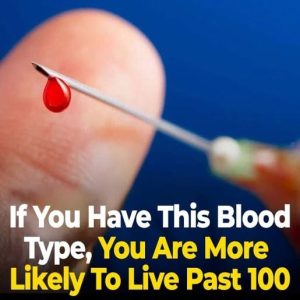Many people overlook early signs of oral cancer, mistaking them for harmless irritations. Experts warn that “a lingering sore or an unusual patch in your mouth” could be more than minor irritation. Because symptoms are often subtle, early detection is key to successful treatment.
Oral cancer can develop on the lips, tongue, gums, cheeks, or roof of the mouth. According to the American Cancer Society, recognizing the early warning signs greatly improves recovery chances. Sores that last over two weeks, white or red patches (“leukoplakia” or “erythroplakia”), and unexplained bleeding should never be ignored.
Other warning signs include lumps or thickened areas, persistent numbness or pain, and difficulty chewing or swallowing. Even “chronic bad breath that does not improve with good oral hygiene” can point to a problem.
Risk factors include tobacco use, heavy alcohol consumption, HPV infection, sun exposure, poor nutrition, and age over 40. Those with one or more of these risks should get regular oral screenings.
Dentists can often spot early changes during routine exams. If any unusual symptom lasts more than two weeks, consult a dentist or doctor. Oral cancer is “most treatable when detected early,” making awareness and checkups vital for protection.





